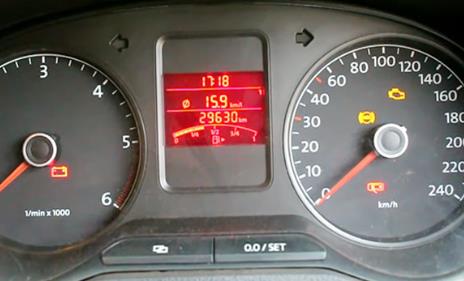Do Jet Skis Have Propellers? Myth Vs Reality
Let’s investigate Do Jet Skis Have Propellers? There is a lot of uncertainty surrounding the experience if this is your first-time jet skiing. The fact that jet skiing is awesome is unquestionable. You may be curious if jet skis have propellers.
Jet skis are propelled by a jet propulsion engine rather than the conventional propellers that a ship or boat uses.
The whirling fan blades that ‘suck in’ the water to move the jet ski ahead is one aspect of this engine. The water is then rapidly discharged, creating thrust.
Do Jet Skis Have Propellers?
PWCs are easier to control than a conventional compact motorboat and more useful for non-recreational purposes because of their speed and agility. PWCs are also thought to be safer because they don’t have propellers.
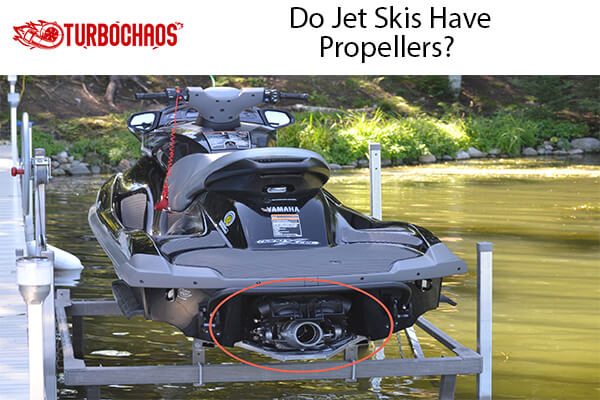
How Does a Jet Ski Engine Work?
A jet ski, WaveRunner, or other personal watercraft are not only smaller and have different seating arrangements than boats.
Another notable distinction is the means of propulsion through the water. PWCs employ an internal impeller rather than an external rotating propeller to generate force.
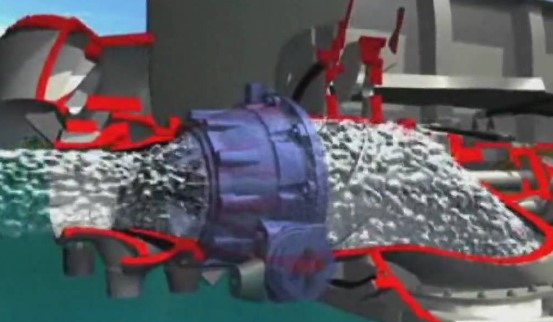
Jet Ski Propeller
Traditional boats use an external propeller to provide the driving force. Even when the engine is functioning, the propeller has three possible rotational directions: forward, backwards, and neutral. Since the propeller hangs very low to the boat hull, boats need a way to raise and lower it.
A propeller in shallow water runs the danger of damage without a way to raise it. Personal watercraft instead employ an impeller installed within instead of an external propeller.
How Does a Jet Ski Impeller Work?
A special impeller designed as a “corkscrew” gives a jet ski forward thrust. It draws a significant amount of water into a propulsion channel before forcing the water out of a cone-shaped jet nozzle with size restrictions. Over a conventional propeller, this configuration has the following benefits:

- Because there are no external moving parts, there is a significantly lower chance of harm
- The ability to operate in shallow water because no parts hang below the hull
- The lower danger of mechanical failure, no reverse or neutral transmission
Steering, Braking, Neutral, and Reverse
As was already said, jet skis lack a transmission that may separate the impeller from the engine. A physical barrier (bucket) sends the outgoing water stream back toward the front of the vessel for reverse or straight down for neutral to achieve stationary motion or reverse.
The reversing bucket is partially engaged in the image above and is just beginning to descend to obstruct or cover the jet nozzle.
The handlebar on the hull pivots the jet nozzle to achieve left and right steering. The jet ski cannot steer left or right unless it is powered.
Many new riders encounter the terrifying situation of trying to control the vehicle after releasing the throttle, only to have it continue to float straight ahead!
Jet skis with brakes are not universal. The same bucket that controls reverse can also slow the ship on models with braking systems.
When the rider lets off the power, jet skis slow down, even without brakes, quite quickly. So while it might be unsettling to find that a personal watercraft lacks specific “brakes,” riders soon learn that they can slow down safely once they move.
Engine Cooling
Jet skis produce a lot of heat, just like modern high-powered motors. Most jet skis employ an open loop cooling system to manage engine cooling, which uses cooler exterior lake or ocean water.
To absorb the heat from the engine, this external water circulates through the engine’s water jacket. The heated water is then released back into the body where the vessel works.
Like an automobile cooling system, a closed loop system is used by Sea-Doo personal watercraft—the heat exchanger used by these crafts.
The heat exchanger functions similarly to an automobile radiator, except instead of cooling the engine coolant with outside air, it does it with outside ocean or lake water.
Closed loop system advantages
- Because external water does not reach the engine, the vessel does not require manual rinsing to prevent corrosion.
- Debris that could clog the cooling system, such as plants, sticks, and other water-borne material, does not enter.
Closed loop system disadvantages
- The use of heat exchangers is less effective than open-loop cooling.
- Additional components require maintenance and could malfunction.
Rooster Tail
When operating, WaveRunners emit a spray of water into the air known as a “Rooster Tail.” Contrary to popular opinion, the rooster tail serves largely as a safety precaution.
This jet of water is not hot water leaving the cooling system, as is generally believed. Personal watercraft frequently require abrupt direction adjustments because they are much smaller than boats.
The rooster tail lowers the possibility of an accident by assisting other boaters in spotting the smaller craft. This idea is comparable to using high flags when riding ATVs and dirt motorcycles in mountainous terrain, such as dunes.
Some water leaving the propulsion channel escapes the WaveRunner’s back deck, sometimes as high as 20 feet, to create the rooster tail.
What is the Physics Behind Jet Skis Operations?
The law of action and reaction, which states that every action has a corresponding opposing response, can govern how jet skis function.
Most jet skis are often propelled and even stopped in this manner. The impeller is the main component of a jet ski moving on water.
Water is drawn into the jet ski as the impeller rotates and is ejected with great force from the jet ski’s back end.
The jet ski will undoubtedly travel forward opposite from the water jet. Jet skis are huge and heavy, so water must be ejected quickly. You can control your Motorcraft more easily the stronger the jet stream from your jet ski is.
How to Steer Safely on a Jet Ski?
A solid rule of thumb is to ride a jet ski carefully, especially in light of how strong the water jet is. The power is so great that it is the leading reason for jet ski accidents. Likely, someone who, for instance, falls from a jet ski will land in the jet stream’s path.
Since the strong jet will strike the victim’s body, this scenario could result in severe internal injuries. However, these wounds are not severe because the jet ski and strong jet will cease moving as soon as the throttle is off.
Jet skis are thrilling and entertaining, but they are only partially safe. Jet skis are frequently involved in events, particularly crashes, flames, and injuries.
Because current jet skis can accommodate up to three riders, the risk of accidents involving jet skis has grown more recently. Due to these concerns, you must carry safety gear during your ride and ensure your jet ski is insured.
Being responsible before a ride is the first step to safely riding a jet ski. Remember that a jet ski has no dedicated braking system, so your grip strength keeps you attached to the vehicle while you’re riding.
Conclusion
I hope you get your answer related to Do Jet Skis Have Propellers? Jet skis are uncommon among watercraft in that they lack propellers. Jet skis, conversely, use water to create a force that moves them down the water.
This occurs when the jet ski’s impeller draws water in and expels it out the back of the vehicle to create thrust. Knowing how jet skis operate can be helpful, especially regarding maneuverability while on your jet ski.
You can comprehend that moving the boat at higher speeds is easier than moving it at a lower speed.
FAQs
Do jet skis have blades?
The three stainless steel blades that make up a jet ski impeller spin at high speed to propel the craft. To keep the engine from overheating, some water is also used to cool it down.
How does a jet ski propeller work?
Your jet ski holds a jet propulsion engine that employs rotating fan blades on an impeller to draw water into the engine and force it out. The jet ski moves ahead due to these two actions—sucking in water and spitting it out again. Throttles on jet skis resemble those on motorbikes.
Do jet skis have reverse?
Most contemporary jet skis have a reverse function that enables them to go backwards. The steering nozzle cover covers the water outflow tube at the back of the ski, which is how it operates. By doing this, the ski is propelled backwards by the water jet’s forward movement underneath it.
Can a jetski cut you?
Wearing protective gear is the greatest method to avoid bruises, cuts, and serious lacerations, whether you are the driver or the passenger. Common flotation aids like a life jacket can help you avoid scrapes and assist you if you fall from the vehicle.

Welcome to the exhilarating world of Matt Rex, a professional car racer turned renowned vehicle enthusiast. Immerse yourself in his captivating blog as he shares heart-pounding adventures, expert reviews, and valuable insights on cars, trucks, jets, and more. Fuel your passion for speed and discover the beauty of vehicles through Matt’s engaging stories and meticulous expertise. Join the ever-growing community of enthusiasts who find inspiration and expert advice in Matt Rex’s blog—a digital hub where the thrill of speed meets the pursuit of knowledge.



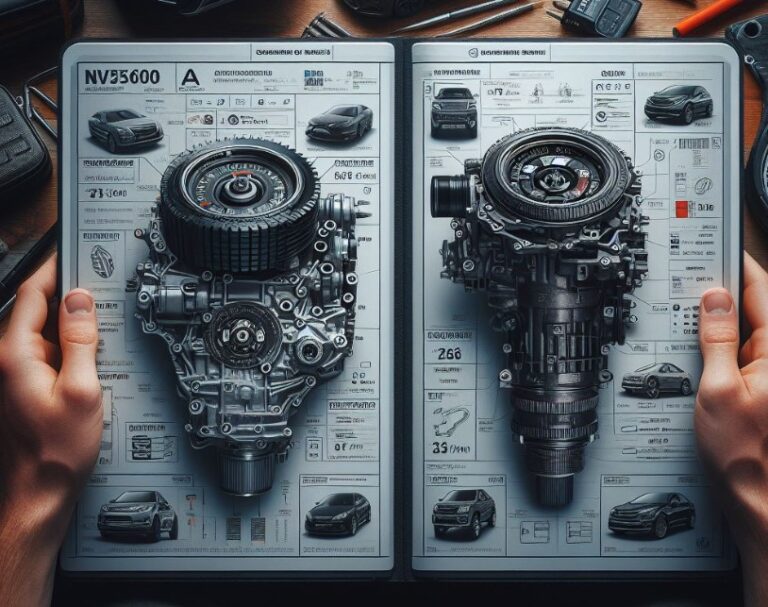
![Nissan Connect Keeps Restarting [How To Fix This?]](https://www.turbochaos.com/wp-content/uploads/2024/01/Nissan-Connect-Keeps-Restarting-768x708.jpg)
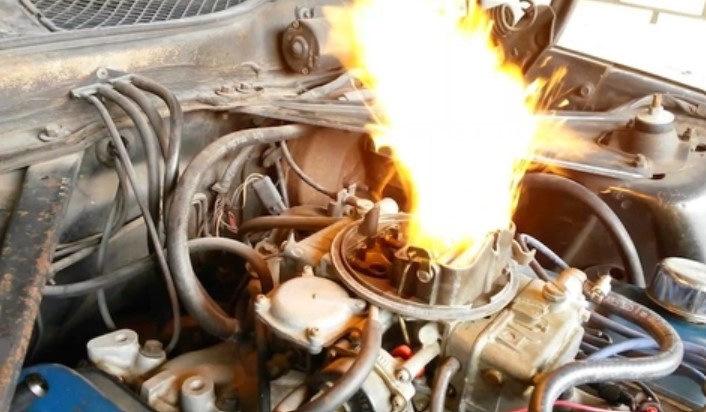
![How Hot Does A Harley Engine Get? [Explained]](https://www.turbochaos.com/wp-content/uploads/2023/11/How-Hot-Does-A-Harley-Engine-Get-768x437.jpg)
